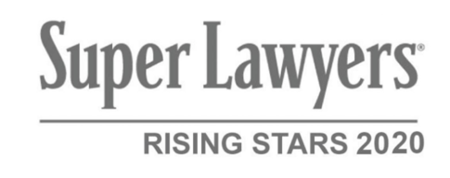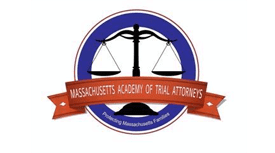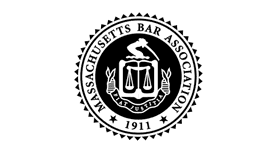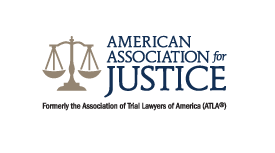Understanding the ‘Premises Liability at the Ballpark’ Doctrine in Massachusetts
Published in Uncategorized on October 13, 2025
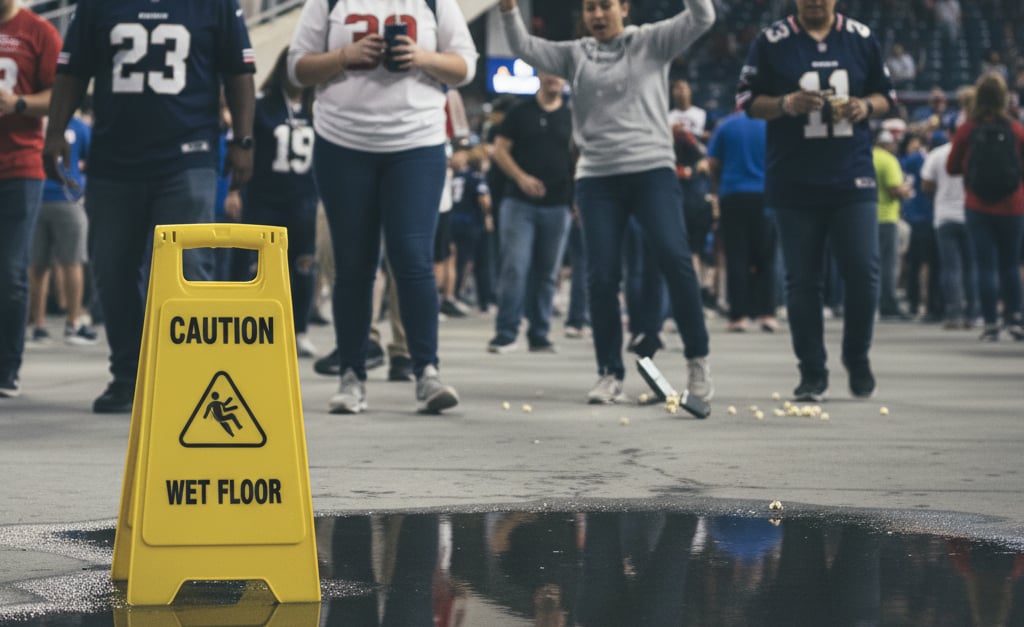
Reading Time: 3 minutes
Sweeney Merrigan Personal Injury Lawyers is proud to serve Boston and communities across Massachusetts with experienced legal guidance for injury victims. One of the most unique areas of premises liability law involves injuries sustained at sporting events, especially at Fenway Park, one of Boston’s most iconic landmarks. When foul balls, broken bats, or unsafe conditions injure fans, the legal question becomes: who is responsible?
This issue is often referred to as the “Baseball Rule” or “Premises Liability at the Ballpark” doctrine. In Massachusetts, the law balances the rights of injured fans against the responsibilities of stadium owners.
The Basics of Premises Liability
Premises liability law holds property owners responsible when unsafe conditions on their property cause injury. Common examples include slip and fall accidents, negligent security, or defective conditions at stores, hotels, or apartment complexes.
At a ballpark, however, the law has developed unique rules because the sport itself carries inherent risks:
- Foul balls and line drives can strike spectators.
- Bats may break or slip from a player’s hands.
- Crowds and seating arrangements create hazards of their own.
The central question is whether the ballpark owner provided reasonable protection for fans without eliminating the essence of the game.
The “Baseball Rule” and Massachusetts
For decades, courts across the country have applied what is commonly known as the “Baseball Rule.” Under this doctrine:
- Stadium owners must provide some level of protected seating (such as netting behind home plate).
- Fans who choose to sit in unprotected areas are generally considered to have assumed the risk of being struck by a ball.
- Owners may still be liable if they failed to maintain the stadium safely, ignored hazards, or provided inadequate warnings.
Massachusetts courts have generally followed this approach, while also recognizing that teams and stadiums cannot use the Baseball Rule as a blanket excuse for negligence.
Modern Changes: Expanded Netting and Fan Safety
In recent years, high-profile injuries at ballparks have prompted Major League Baseball and individual teams to expand safety protections. Fenway Park now has extended netting down the baselines, protecting more seats than ever before.
These changes reflect growing recognition that:
- Today’s fans are more distracted by smartphones, making risks harder to avoid.
- The speed of modern pitching makes foul balls more dangerous.
- Stadium operators have a duty to keep up with evolving safety standards.
If a fan is injured in an unprotected section, liability may still hinge on whether the safety measures in place were reasonable at the time of the injury.
Other Premises Liability Issues at Ballparks
While foul ball injuries get the most attention, other dangerous conditions may also give rise to liability:
- Slips and falls on wet or uneven stadium walkways.
- Inadequate security leading to assaults in or around the stadium.
- Defective seating or railings causing falls.
- Crowd control failures, particularly after big games or concerts.
In these cases, the Baseball Rule does not apply — stadium owners and operators can be held fully accountable under traditional premises liability principles.
Injured at Fenway or another Massachusetts stadium? Call Sweeney Merrigan Personal Injury Lawyers in Boston today for your free consultation.
Proving a Premises Liability Claim at the Ballpark
Building a strong case requires careful investigation. Our attorneys look for:
- Incident reports from stadium security.
- Medical records showing the extent of injury.
- Witness statements from nearby fans.
- Video footage, which many modern ballparks now have.
- Stadium maintenance and safety policies to determine if proper precautions were followed.
These details often make the difference in showing whether an injury was the result of an unavoidable risk or preventable negligence.
Why Legal Guidance Matters
Ballpark operators and their insurers may argue that injured fans “knew the risks” and have no claim. Without experienced legal help, many victims accept these explanations and walk away without compensation for medical bills, lost wages, or long-term effects.
At Sweeney Merrigan Personal Injury Lawyers, we know how to challenge these defenses. Our firm has decades of experience handling premises liability, catastrophic injuries, and wrongful death cases in Boston and throughout Massachusetts. We fight to hold powerful organizations accountable when their negligence causes harm.
You don’t have to navigate this alone. Get a trusted Boston injury team on your side and reach out to Sweeney Merrigan today.
Take the Next Step Toward Justice
If you or a loved one has been injured at Fenway Park or any other sporting venue in Massachusetts, you may have legal options. While baseball carries inherent risks, you are still entitled to reasonable safety protections and a fair legal process.
No matter where you are in your recovery, the right legal support can help you move forward. Call Sweeney Merrigan Personal Injury Lawyers today for your free consultation and take your next step toward justice.
Comments are closed.

